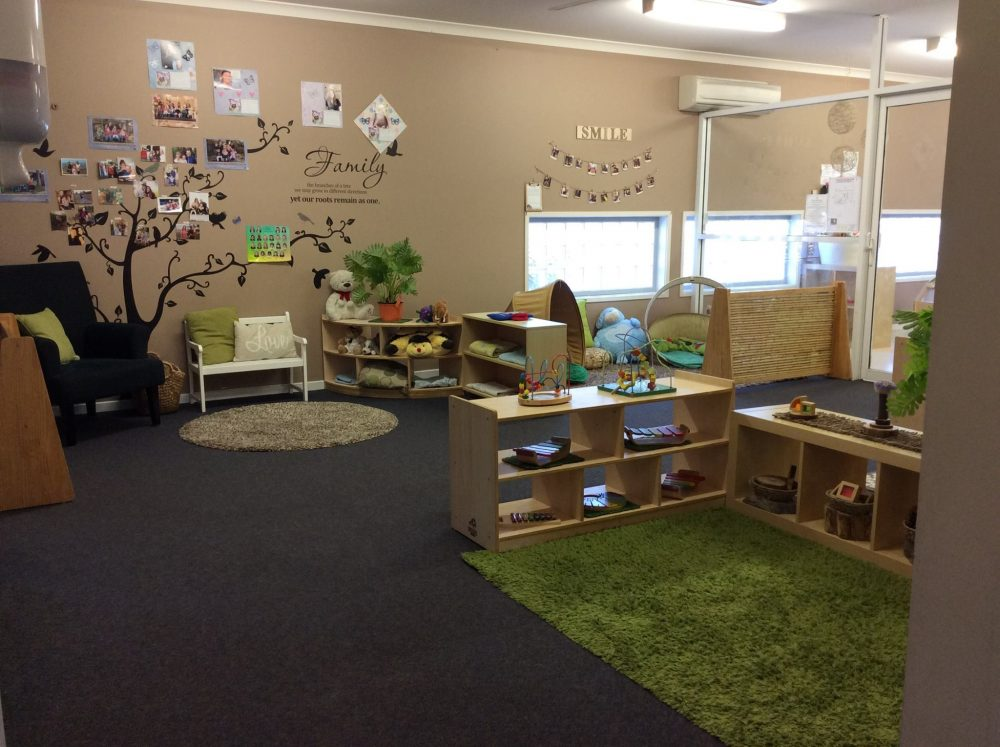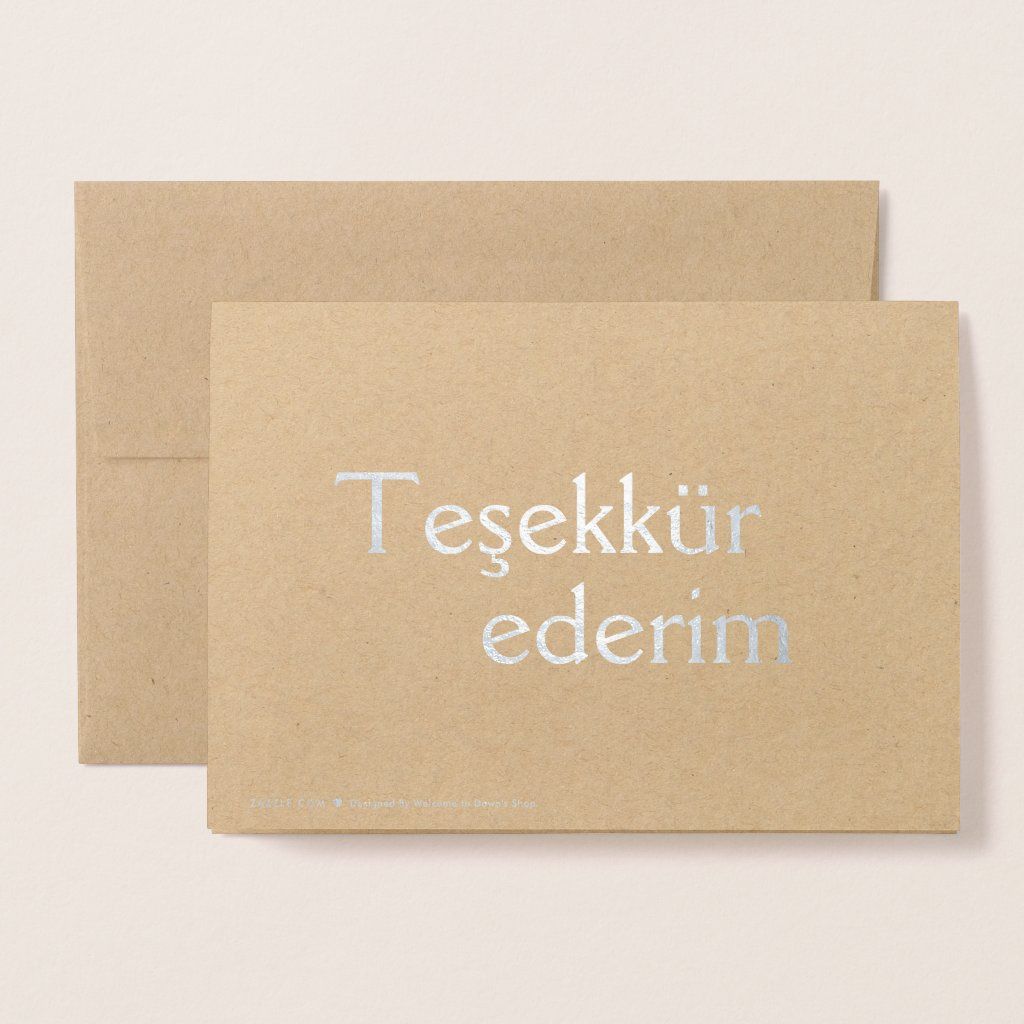How to Create a Toddler-Friendly Learning Space
A toddler-friendly learning space is more than just a room; it’s a nurturing environment that ignites a child’s curiosity and fosters their development. Imagine a space filled with colorful toys, engaging activities, and stimulating elements that capture a toddler’s imagination. Creating such an environment is crucial for a child’s growth, encouraging exploration and learning. Many parents struggle with the balance between safety and providing a rich learning experience for their little ones. This article will delve into practical strategies for designing and maintaining a toddler-friendly learning space, covering safety, stimulating elements, and engagement. We’ll also explore essential tips to ensure it adapts as your child grows and their interests shift. This comprehensive guide will cover everything from choosing the right materials and décor to creating a safe and exciting play area. Follow along as we transform a blank room into a delightful learning paradise.
Safety First: Creating a Child-Proof Learning Zone
Prioritizing Toddler Safety in Every Corner
Child safety is paramount when designing a learning space for toddlers. Sharp edges, breakable items, and potential hazards need to be carefully considered. Make sure your space is free from anything that could cause injury. One crucial step is childproofing. This involves removing or securing any dangerous items, such as cleaning supplies, medications, or small objects that could be a choking hazard.
Durable and Non-Toxic Materials
Related Post : How to Stay Organized in Middle School
Select materials that are both durable and non-toxic. Avoid using paints or finishes that contain harmful chemicals. Choose furniture made from sturdy, child-resistant materials, and look for toys and playthings with smooth edges and no small, detachable parts. Look at your existing environment; are there potential hazards you didn’t anticipate? For instance, electrical cords should be tucked away, and heavy furniture should be secured to prevent tipping over. Remember, a toddler’s curiosity often leads to unexpected activities!
Supervision and Accessibility
Toddlers need constant supervision in their learning environment. The space should be easily monitored to ensure their safety and well-being. The design should also consider easy access. Keep frequently used items within reach for toddlers to use independently. This encourages self-reliance while also keeping them safe.
Stimulating Elements: Engaging Toddlers’ Curiosity
Sensory Play
Sensory play is a powerful tool for stimulating learning in toddlers. Incorporate materials with different textures, colors, and shapes. Fill bins with dried beans, sand, or water beads for tactile exploration or provide objects to sort and categorize. These activities promote hand-eye coordination, fine motor skills, and problem-solving skills. Don’t limit yourself to specific toys; tap into the natural world around you. Leaves, twigs, and rocks can be just as engaging as a toy.
Imaginative Play
Create a space for imaginative play, like a dramatic play area or a pretend kitchen. The use of imaginative play allows for learning through exploration and role-playing. Include a variety of props that spark their creativity. For example, consider dress-up clothes, toy cars, or cooking utensils.
Educational Toys
Educational toys are key to learning and skill development. Toys that encourage sorting, counting, problem-solving, and creativity are very beneficial. Remember that every toddler is different, so selecting toys to stimulate their interests is key to engagement.
Encouraging Curiosity: Creating a Stimulating Environment
Color and Visual Stimulation
A toddler-friendly learning space benefits from a variety of colors and visual stimulation. Vibrant colors can capture attention and spark curiosity. Incorporate colorful posters, wall decals, or textured fabrics. Look for ways to encourage visual learning; even simple items like brightly colored building blocks can stimulate their interest in color and shapes.
Variety of Textures and Sounds
Different textures and sounds add another layer of stimulation to a toddler’s learning environment. Provide soft rugs, different fabrics, and textured blocks. Use musical instruments or items that create interesting sounds to encourage exploration and development.
Open and Flexible Design
The design of the space should be flexible. Areas can be easily converted from a reading nook to a play space as needed. Make the space adaptable and open for different activities.
Promoting Interaction: Nurturing Social Development
Social Interactions
Include areas in the learning space designed for social interaction. Consider a play area with ample space for toddlers to move around, explore, and interact with each other. A toddler-friendly learning environment should also foster a sense of community and sharing. Encourage collaboration and cooperation to promote healthy social interaction.
Books and Reading
Incorporate books and reading nooks into the design. Reading aloud promotes language development, vocabulary building, and a love for stories. Make sure that there is a comfortable, quiet area where toddlers can enjoy books or be read to.
Nature-Inspired Learning
Include nature elements in the design, like a small garden or a window seat with a view of a park. This brings the outdoors in to enhance their experience and stimulates their interest in the natural world.
Adapting the Space as Your Child Grows
Growing Interests
As toddlers grow, their interests will evolve. Adapt the space to reflect their current stage of development and interests. Ensure that the space can be adjusted and redesigned as your child transitions from crawling to walking, and from simple play to more complex learning.
Evolving Needs
As your child’s needs and interests change, the space must be adaptable. This is crucial for maintaining engagement and encouraging continued learning. You may need to adjust the toys, furniture, or activities to maintain interest and create a stimulating environment.
Safety Considerations
Safety remains paramount as the child matures. Continuously review the space for any safety hazards, updating your approach as your child grows physically and cognitively.
What are some simple, budget-friendly ways to create a learning space?
Designing a learning space doesn’t always need a significant budget. Consider repurposing items for storage; for example, using old boxes or containers to make toys or storing books. Incorporate used materials; an old trunk or dresser can easily become a creative storage space. Another suggestion is to utilize affordable materials such as cardboard boxes or jars to promote hands-on exploration. Focus on creating a space that is safe and stimulating, and don’t be afraid to get creative! Even inexpensive items can be transformative!
What are some important things to consider when choosing educational toys?
What types of activities can support cognitive development in toddlers?
How often should I re-evaluate and adjust the toddler-friendly learning space?
In conclusion, crafting a toddler-friendly learning space is a rewarding endeavor. By focusing on safety, engagement, and nurturing curiosity, you’re creating an environment where your child can thrive. Remember to adapt and adjust your space as your child grows and their interests evolve. Now go forth and create a magical learning space for your little one! Visit our website for more ideas and resources.
Share this content:




Post Comment